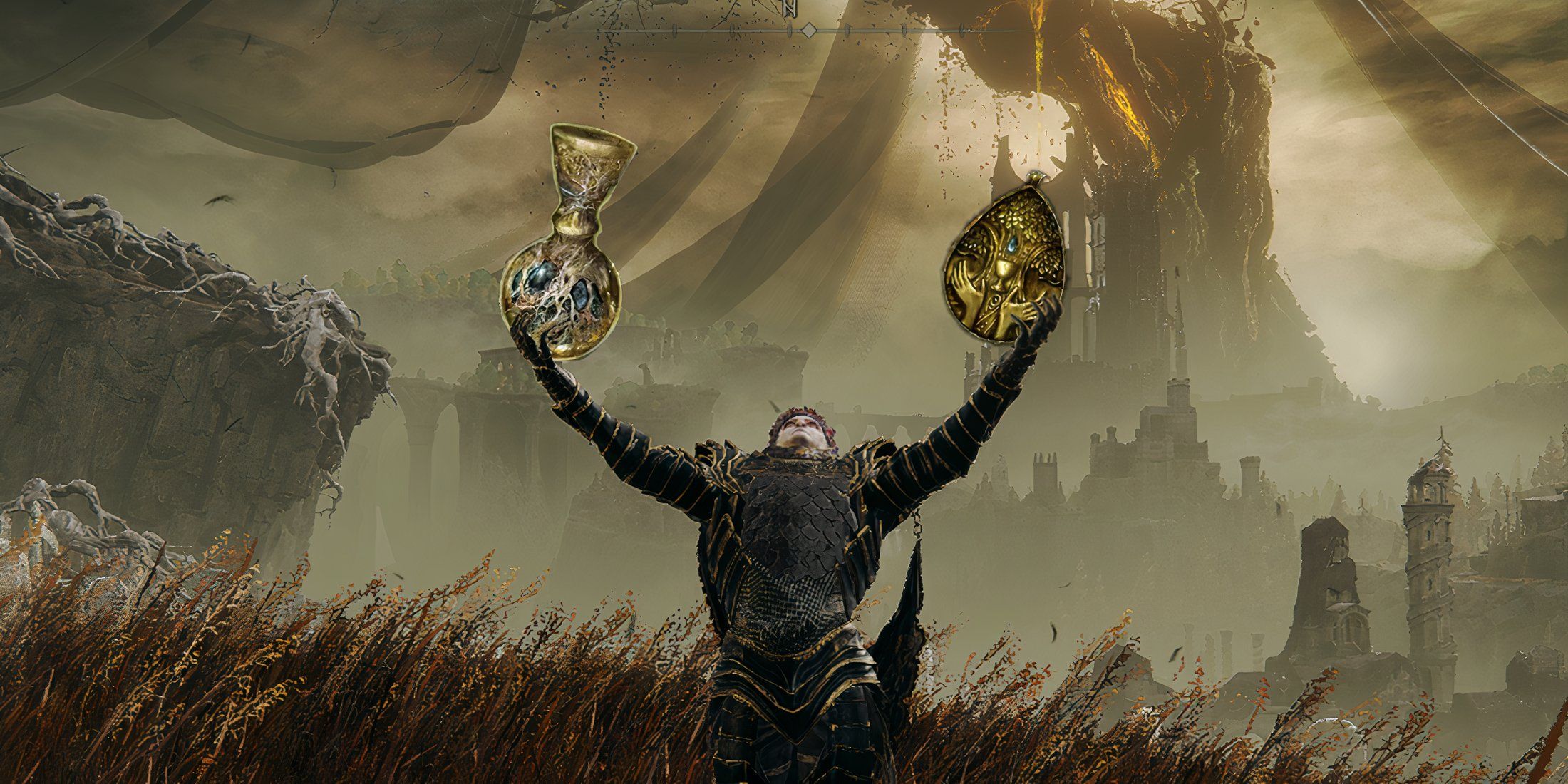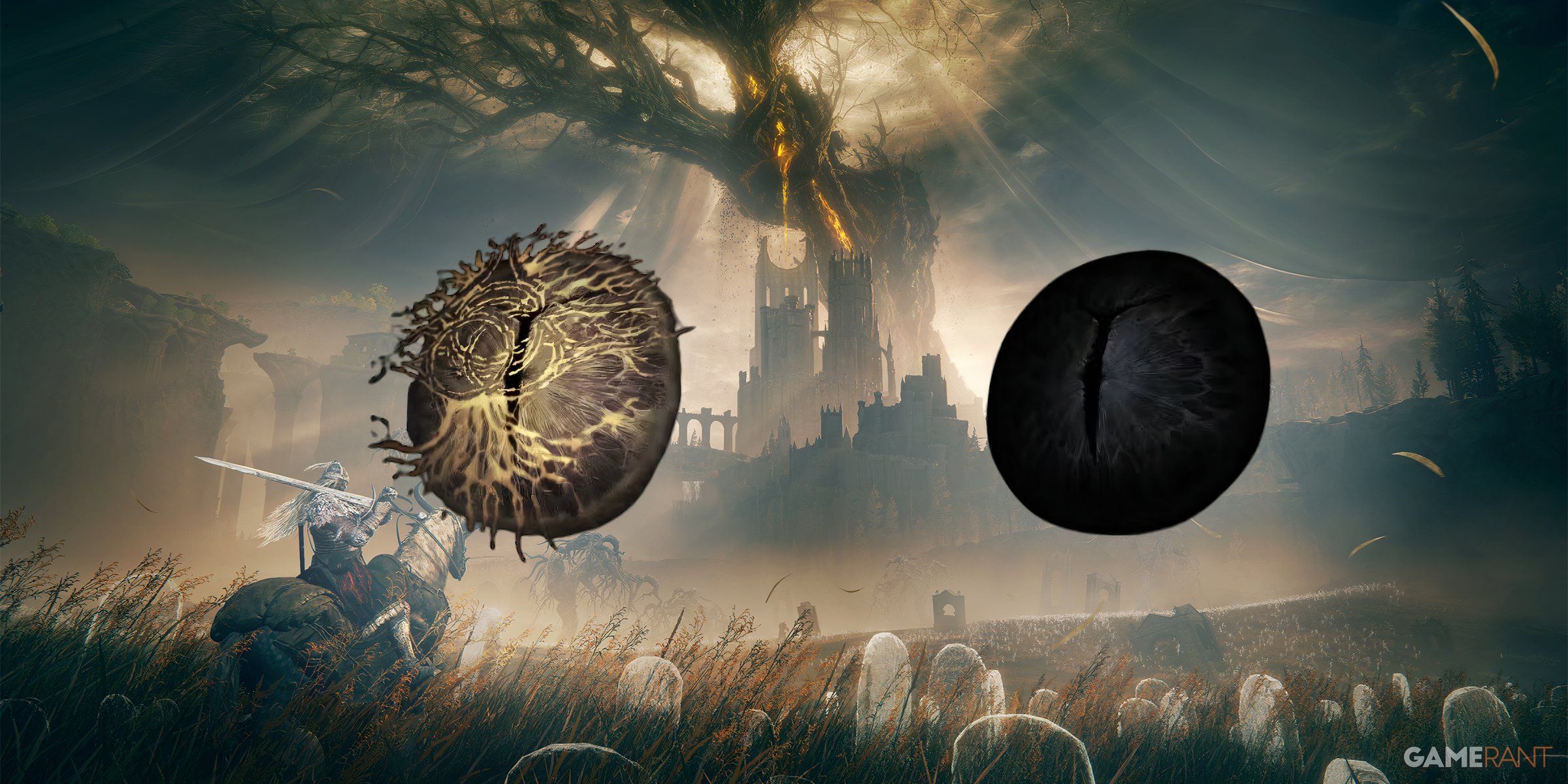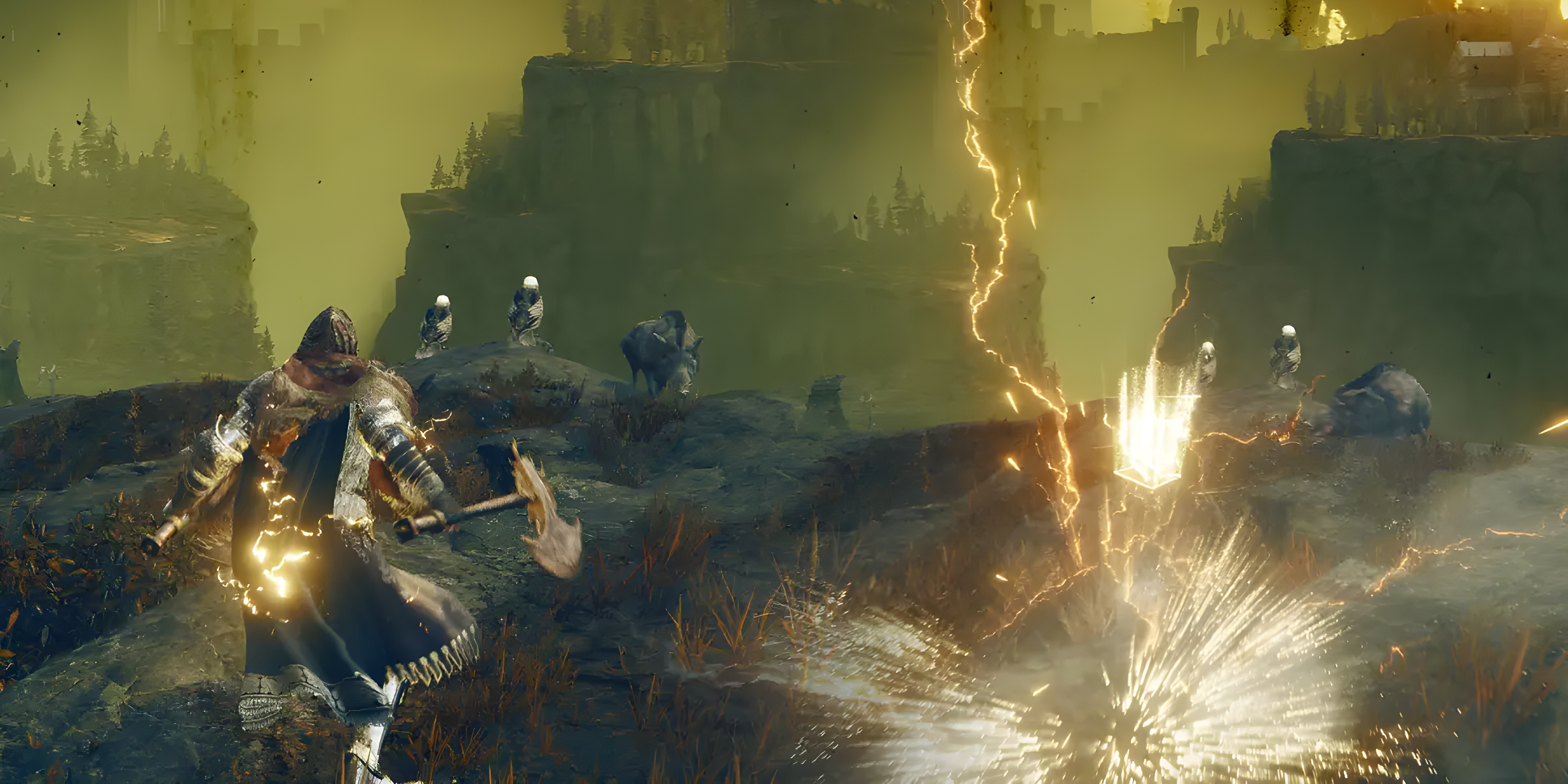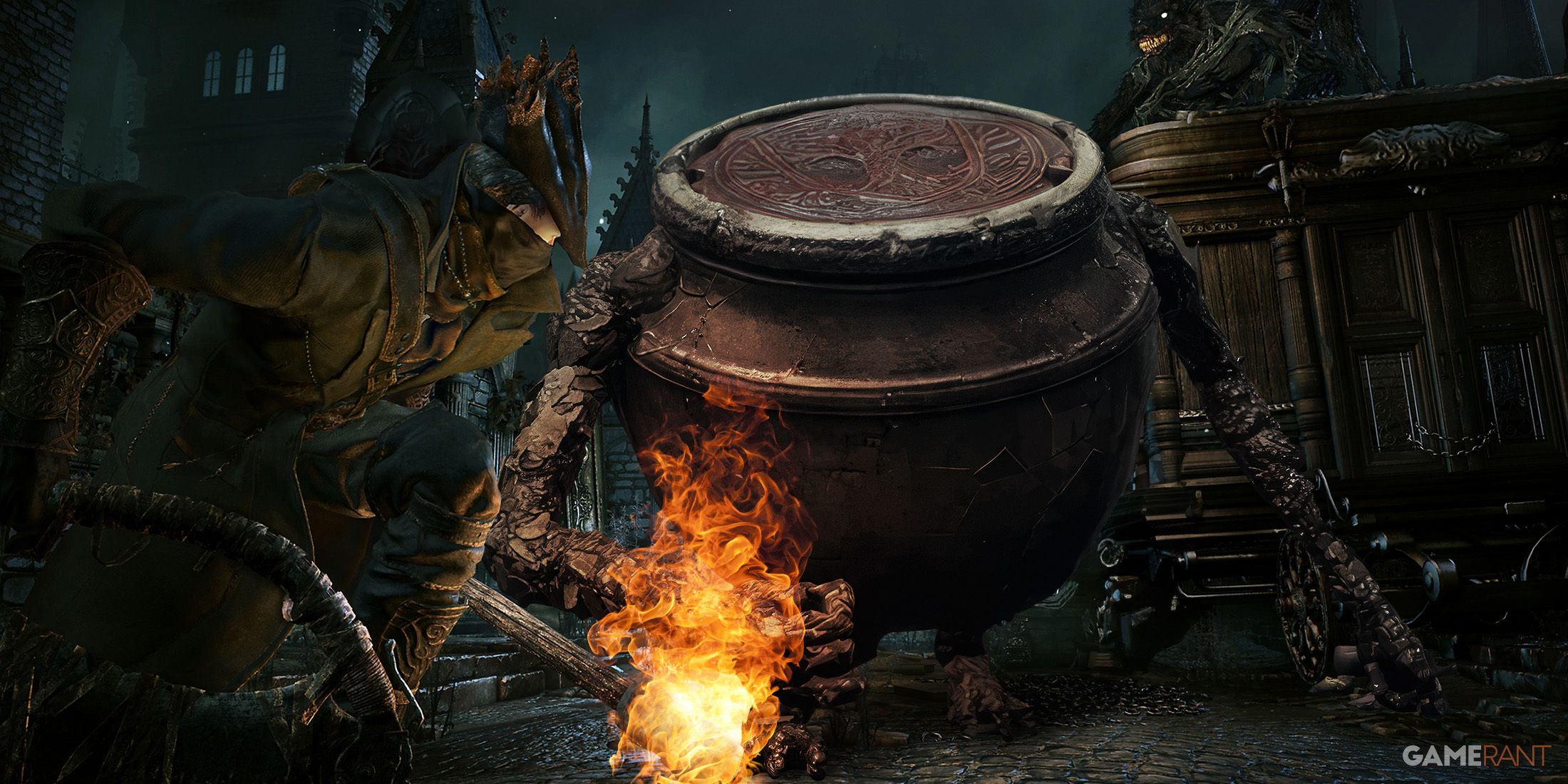Highlights
- Elden Ring: Shadow of the Erdtree reveals the dark truth about Living Jars, exposing their organic nature and forced confinement of humans.
- The new 'naked' jar enemies in Shadow of the Erdtree provide narrative context about the Living Jars, highlighting their unwilling transformation into "saints."
- The twisted religiosity and forced transformations of humans into Living Jars connect to Bloodborne's blend of science and faith, emphasizing the game's dark themes.
As is to be expected, Elden Ring: Shadow of the Erdtree builds on both the gameplay and narrative foundations laid by Elden Ring's base game, providing new plot developments and context for its complex, often opaque lore. One of the more striking aspects of Shadow of the Erdtree is its presentation of Living Jars, which is decidedly different this time around, feeling more like something out of Bloodborne than Elden Ring.
Living Jars are an unforgettable part of Elden Ring. For one thing, they seem to be spread far and wide, residing everywhere from Liurnia of the Lakes to Volcano Manor. But more memorable than their ubiquity is their design: Living Jars are bizarrely adorable NPCs, especially the Little Jars, which are childlike in behavior and docile unless provoked. Then there's Iron Fist Alexander, one of Elden Ring's very few friendly faces (figuratively speaking), who hopes to be a powerful warrior—a goal that should be relatable to the player. Though digging into the lore of these Jars in the base game reveals some rather unsettling information, it's fairly easy to breeze past these details and treat Living Jars as charming, occasionally hostile anomalies. This is not the case in Shadow of the Erdtree.

Elden Ring’s Shadow of the Erdtree DLC Shows How Far Souls’ Magic Builds Have Come
Some new buildcrafting tools in Elden Ring’s DLC and base game have made magic builds more accessible than any other FromSoftware game so far.
Elden Ring: Shadow of the Erdtree Shows the Ugly Truth of Living Jars
Shadow of the Erdtree Doubles Down On Creepy Living Jar Lore
Elden Ring's Living Jar shards reveal that the true nature of these creatures is not as wholesome as their appearance would suggest. The descriptions of these items note that scraps of flesh cling to the inner walls of the jars, an early hint that they are more human than they seem at first glance. Speaking with Iron Fist Alexander buttresses this notion, as he states that he was "created to be a warrior vessel," and that many great warriors reside within him. This suggests that Living Jars are not whimsical, high-fantasy inanimate objects brought to life by some nebulous magic ala Beauty and the Beast, but rather they are amalgamations of human beings, congealed together in a cramped mass.
Defeating Elden Ring 's Living Jar enemies also exposes their true nature: they smash open in a bloody explosion, which betrays their organic innards.
This aspect of Living Jar lore is more overt than ever in Shadow of the Erdtree, which introduces new, 'naked' jar enemies. Resembling a molted crab, these pink, shambling, bulbous creatures writhe and screech in pain as they attack the player-character. Aside from being plainly grotesque, not allowing players to shy away from the unsettling nature of Living Jars, these creatures provide key narrative context about the Living Jars: they are not necessarily created with the consent of those who reside within them. This interpretation is further supported by the DLC's overworld gaols, which seem to confirm that prisoners are being forced into these containers.
How Shadow of the Erdtree's Living Jars Call Back to Bloodborne
These new Living Jar enemies are some of Elden Ring's most grotesque, which is probably enough to remind some players of Bloodborne's many unsettling creatures. But the parallels go a bit deeper than that. While it's hard to say, at least at this point, exactly why these Living Jars were created against their will, it seems to be for some sort of spiritual purpose, as the Hornsent jarred these humans in an effort to make them "saints." Notably, this ties back to Elden Ring's Crucible lore, as the Crucible was an era where all life was melded together, not unlike the amalgamated state of the Living Jars.
This twisted religiosity hearkens back to Bloodborne's blend of science and faith. The characters of Bloodborne metamorphose both themselves and others in an effort to transcend their humanity, and the consequences of these efforts are apparent throughout the entire game. Thus, the forced transformations of humans into Living Jars illuminates similar abominable, Frankenstein-esque practices in Elden Ring's world.




